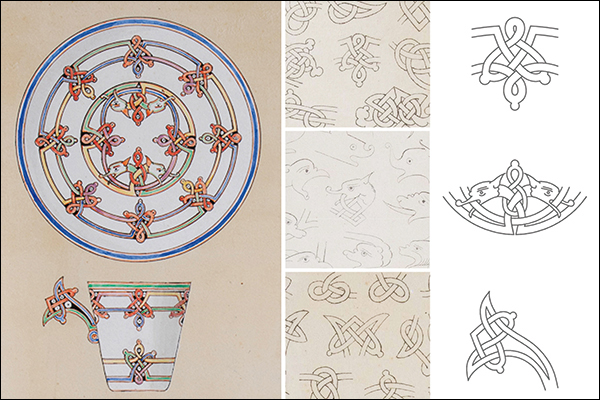Textures and geometric patterns applied to industrial works. A manuscript of artistic paleography in the Cassinian codes
DOI:
https://doi.org/10.15168/xy.v4i8.153Keywords:
art design, configuration, imageAbstract
The introduction to the 1884 manuscript, entitled La Paleografia artistica nei codici cassinesi applicata ai lavori industriali esemplata da un monaco di Montecassino, and the annexed 60 graphic plates provided an opportunity for reflection on the plot concept. Through a historiographic and iconographic geometric pattern reading, which distinguish the patterns of these arts applied to industrial works, the plot plays an essentially conceptual role as both a design language and a configuration structure. In this sense, in the historical–critical context of the creative relationship between industrial design and artistic paleography, the plot is not a simple figuration but a conceptual structure that integrates the detail to the entire. In this context, the plot is expressed through the constant use of the plot, which generates a sense of loss with respect to a ‘thread’, whose geometric rule only apparently escapes, and which governs the order of the graphic composition and constitutes the narrative value of the figurative image. Knowledge of materials and techniques with which industrial and handicraft products are made and knowledge of the geometries (also chromatic) with which to adapt the codes to the plots and the plots to the complex spatial forms involve synergistic links between the skills of know–how and knowledge. In this sense, graphic code and color constitute a structure of thought capable of ‘giving meaning’ to the cultural significance of the manuscript examined and to the analysis of the applied arts tables exemplified by the Cassinese monk. Together, code and color, they represent a dynamic resource for teaching a design method based on the idea of plot as a conceptual tool for narrating visions
of the world and entirely new graphic models.


